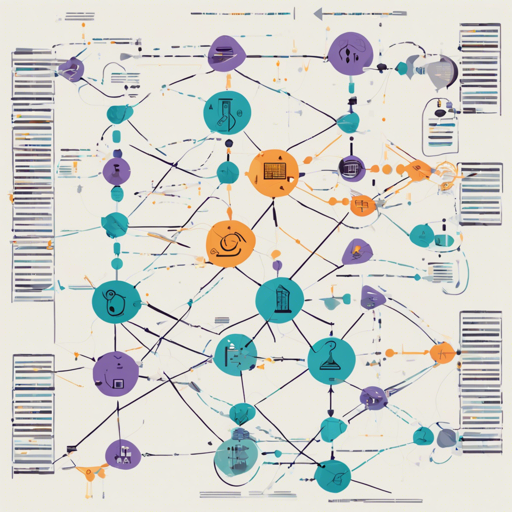Welcome to this guide on using a state-of-the-art sequence-to-sequence model that generates questions based on a given answer and context. This model uses the pre-trained mt5-base model from Google and has been fine-tuned on the XQuAD dataset. With this guide, you’ll be able to generate insightful questions from any relevant context, including the fascinating example of Ho Chi Minh City!
Getting Started
Before diving into the code that captures our model’s magic, ensure you have the necessary libraries installed. If you haven’t already, install the Transformers library by Hugging Face:
pip install transformerspip install torch
Example Code
Here’s a sample implementation of the question generation model:
python
from transformers import MT5ForConditionalGeneration, AutoTokenizer
import torch
# Load the pre-trained model and tokenizer
model = MT5ForConditionalGeneration.from_pretrained('noah-aim/t5-base-question-generation-vi')
tokenizer = AutoTokenizer.from_pretrained('noah-aim/t5-base-question-generation-vi')
# Set the device
device = torch.device('cuda' if torch.cuda.is_available() else 'cpu')
model = model.to(device)
# Context used to create a set of questions
context = "Thành phố Hồ Chí Minh (còn gọi là Sài Gòn) là thành phố lớn nhất ở Việt Nam..."
# Encoding the context
encoding = tokenizer.encode_plus(context, return_tensors='pt')
input_ids = encoding['input_ids'].to(device)
attention_masks = encoding['attention_mask'].to(device)
# Generating the question
output = model.generate(input_ids=input_ids, attention_mask=attention_masks, max_length=256)
question = tokenizer.decode(output[0], skip_special_tokens=True, clean_up_tokenization_spaces=True)
print(question) # e.g., "Thành phố Hồ Chí Minh có bao nhiêu quận?"
Understanding the Model – An Analogy
Imagine having a friend who is an expert in conversation. You give them a detailed story (the context about Ho Chi Minh City). Your friend listens intently (the model processing the input) and then poses insightful questions (the output), like “How many districts does Ho Chi Minh City have?” It’s a bit like transforming a beautiful painting into a series of questions that encourage deeper understanding.
Troubleshooting Common Issues
If you encounter difficulties while implementing the model, consider the following troubleshooting tips:
- **Model Errors**: Ensure that you have specified the correct model name when loading it. Double-check for typos.
- **CUDA Availability**: If you get an error related to CUDA, make sure your machine has a compatible GPU and the correct drivers installed.
- **Tokenization Issues**: If your input context is too long, break it down into smaller segments; the model might struggle with lengthy inputs.
- **Output Evaluation**: If the generated questions don’t align with expectations, try modifying the context slightly to adjust the focal points of the question generation.
For more insights, updates, or to collaborate on AI development projects, stay connected with fxis.ai.
Conclusion
This sequence-to-sequence model opens up a world of possibilities for automated question generation, making it an invaluable tool in various applications, from education to research. At fxis.ai, we believe that such advancements are crucial for the future of AI, as they enable more comprehensive and effective solutions. Our team is continually exploring new methodologies to push the envelope in artificial intelligence, ensuring that our clients benefit from the latest technological innovations.

